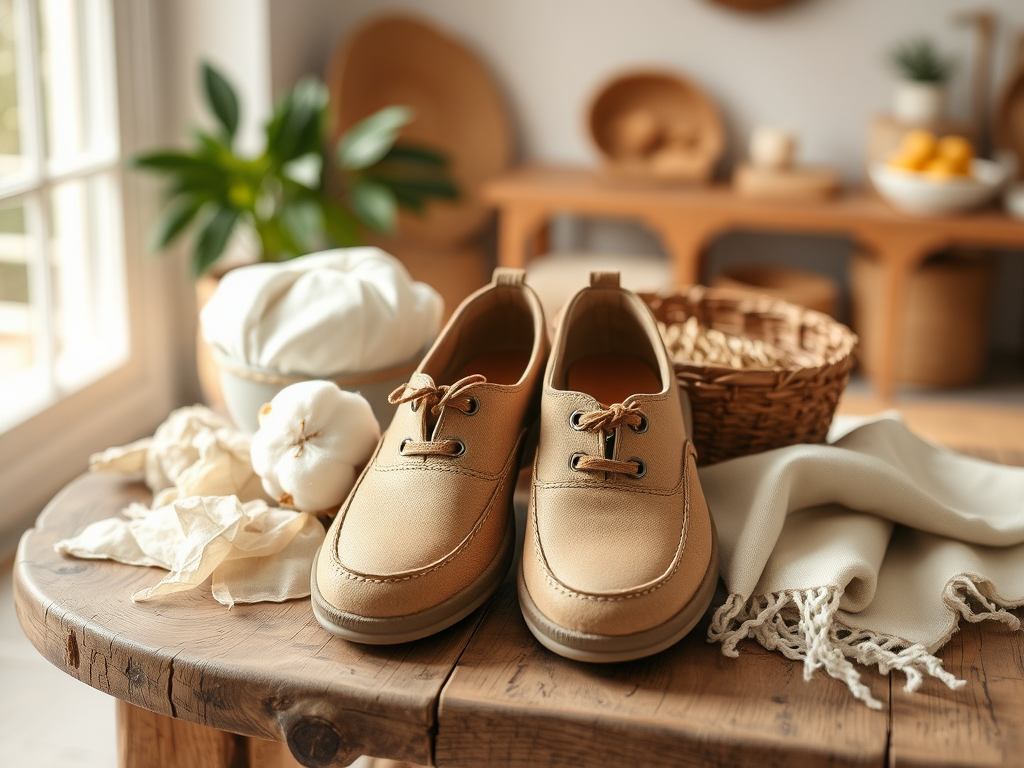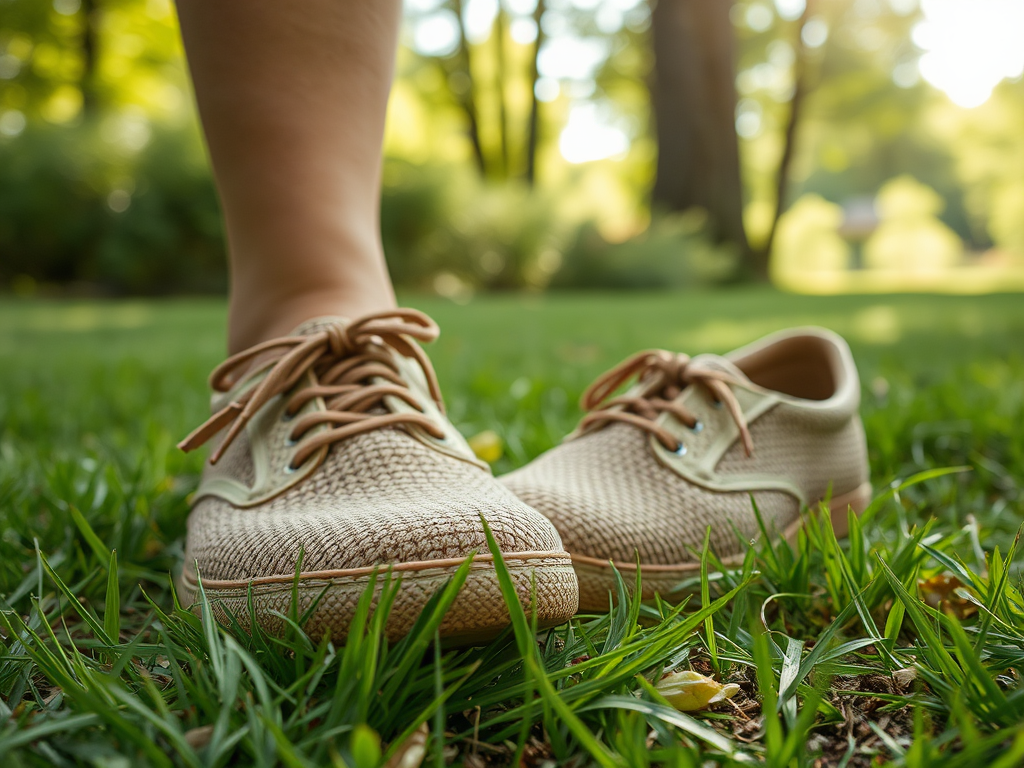Choosing the right shoes is no longer just about style and comfort. With the rise of eco-consciousness, consumers are increasingly interested in sustainability and the environmental impact of their purchases. Sustainably made shoes represent a fusion of fashion with environmental responsibility, and they come in various styles, materials, and designs. Whether you’re an eco-warrior or simply someone looking to make more responsible choices, knowing what to look for in sustainable footwear is essential. The process of selecting the right pair isn’t just about aesthetics; it involves a deeper understanding of materials, manufacturing practices, and ethical considerations.
Understanding what sustainably made shoes entail involves digging into several key factors. Sustainable footwear can significantly influence the reduction of your carbon footprint, and everyday decisions about shoes can collectively drive demand for more eco-friendly products. It’s imperative to realize that the path to sustainability is nuanced, and it involves both consumers and brands adopting practices that are kinder to our planet. To navigate this complex landscape, we’ll break down the main elements to consider when embarking on your search for the perfect pair of eco-friendly shoes.
What Makes Shoes Sustainable?

To identify whether a pair of shoes qualifies as sustainably made, several crucial factors come into play. These factors provide insights into the environmental and social implications of footwear choices. The materials used, the manufacturing processes, and the ethical integrity of the brands are key areas that can make or break a brand’s commitment to sustainability. Understanding each of these elements can empower you as a consumer to make informed choices that reflect your values.
Materials Used
Firstly, the materials are one of the most significant indicators of sustainability in shoes. Look for footwear made from the following eco-friendly materials:
- Organic Cotton: Grown without harmful pesticides, organic cotton is biodegradable and less water-intensive than conventional cotton.
- Recycled Plastics: Many brands are now using recycled plastics to create shoes, thus reducing waste in landfills.
- Natural Rubber: Sourced from rubber trees, this material is renewable and biodegradable, making it a great alternative to synthetic rubber.
Moreover, lesser-known materials like hemp and bamboo can also be fantastic alternatives, thanks to their low environmental impact. Their natural resilience makes them ideal for longer-lasting footwear. Always read the labels to verify the environmental benefits of the materials used, as some claims can be misleading.
Manufacturing Process
The manufacturing process is just as crucial. Sustainable brands prioritize methods that minimize energy consumption, water use, and waste production. The following elements are essential when evaluating a manufacturing process:
- Energy Sources: Are they utilizing renewable energy sources like solar or wind power?
- Water Usage: Do they have systems in place to recycle and reduce water consumption?
- Waste Management: How do they handle waste—do they recycle and repurpose materials?
A transparent manufacturing process often correlates with a brand’s overall commitment to sustainability. Understanding these aspects helps consumers engage with brands aligning with their values.
| Material | Benefits | Environmental Impact |
|---|---|---|
| Organic Cotton | Soft, breathable, biodegradable | Low pesticide usage, less water |
| Recycled Plastics | Durable, lightweight | Reduces plastic waste, conserves resources |
| Natural Rubber | Flexible, durable | Renewable, biodegradable |
Certifications and Labels to Look For

When shopping for sustainably made shoes, knowing the certifications and labels can significantly help in making informed choices. Certain seals of approval indicate verifiable sustainability practices. Here are some common certifications to look for:
- Fair Trade: Ensures fair wages and safe working conditions.
- Global Organic Textile Standard (GOTS): Guarantees the organic status of textiles and the respect for environmental and social criteria.
- Leaping Bunny: Represents products that are cruelty-free and not tested on animals.
These certifications provide a level of trust and assurance, allowing consumers to easily navigate the ever-growing market of sustainable footwear.
Maintaining Your Sustainable Shoes
To maximize the lifespan of your sustainably made shoes, it’s essential to care for them properly. Just as the initial manufacturing processes matter, maintaining your footwear can significantly contribute to sustainability. Regular cleaning, occasional repairs, and proper storage are crucial aspects of shoe maintenance. Here are some effective tips:
- Use natural cleaning products to clean your shoes regularly.
- Store shoes in a cool, dry place away from direct sunlight to prevent damage.
- Consider professional repairs instead of discarding damaged shoes.
The longer you keep your shoes in good condition, the less waste you’ll generate, supporting a more sustainable lifestyle.
Conclusion
Purchasing sustainably made shoes is not merely a trend; it’s an essential step toward reducing your environmental impact. By considering the materials, manufacturing processes, and brand ethics, consumers can make enlightened choices that align with their values. As we become more aware of how our choices affect the environment, seeking out sustainably made shoes allows for positive change. Remember that every small action contributes to a more sustainable future, and your footwear choices can resonate far beyond your wardrobe.
Frequently Asked Questions
- What materials should I look for in sustainable shoes? Look for organic materials, recycled plastics, and natural fibers such as hemp or bamboo.
- How can I verify if a shoe brand is truly sustainable? Research the brand’s practices, look for certifications, and read customer reviews regarding their sustainability claims.
- Are sustainably made shoes more expensive? In some cases, yes, due to higher quality materials and ethical labor practices, but they are often more durable, offering better value.
- How can I help improve sustainability in my footwear choices? Support brands with strong sustainability commitments, purchase less frequently, and consider second-hand options.
- Can I resell or recycle my old shoes? Yes, many programs accept used footwear for resale or recycling, helping to reduce waste.







